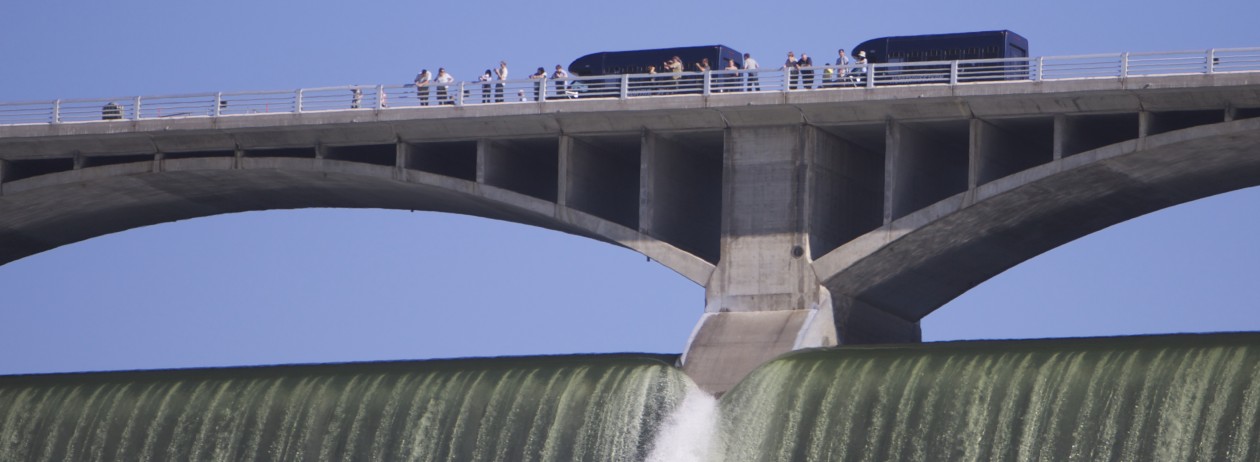What’s it like?
To the outdoorsman who likes to hunt, the Grand Coulee Dam area offers unparalleled hunting pleasure. No matter if the hunter is in pursuit of fur, feathers or horns, the coulee has much to offer to the sportsman.
Beginning in September with the opening of dove season, through the middle of March when the rabbit season ends, the hunter will find a variety of animals, birds and waterfowl to test his or her skills.
Weather extremes are also a factor. The dove season opener usually brings the warmest weather of the year. A goose hunter in December and January may experience sub-zero temperatures, while the March rabbit hunter will encounter weather comparable to late October and early November.
The mourning doves arrive in July and by the first of September, the normal opening day, this migratory buzz-bomb is ready to test the mettle of the best wing shooter. They always fly fast. Then add a tail wind and they will appear and disappear in the blink of an eye. These birds can be found in stubble fields on both sides of the coulee walls and can also be found in sagebrush and scab land surrounding some stubble fields.
With the end of dove season, usually around the middle of September, the hunter waits for the opening of the general hunting season in which upland birds, deer and waterfowl open on one glorious October Saturday.
Mule deer can be found in sagebrush-covered flatland and draws surrounding the coulee as can a few whitetail close to timber. Special archery hunting seasons can also be found in the area.
Opening day also sees the upland bird hunter, with his flushing and pointing dogs, hunting the brushy draws for quail, the rugged hills for chukkar and the stubble fields for Hungarian partridge or more commonly known as “huns”.
At the same time, the waterfowl hunter, with his retriever, is scouring the small potholes and lakes for ducks and the stubble fields for geese.
As any bird and waterfowl sportsman knows, the birds soon become wary. Quail, chukkar, “hun” and the occasional Chinese pheasant flush as the 4×4 stops and it is only the skillful hunter who can put birds in the game bag during this period.
The ducks cannot be found as they spend most of their days out of harm’s way on the waters of the big reservoirs.
The goose hunter spends the days when he is not hunting, driving the miles of back roads in the coulee looking for feeding geese. Once the birds are spotted and found to be using a particular field, the hunters dig their pit long before daylight the following morning. (They have been careful to obtain permission from the landowner first.)
Once the pit is dug, they wait in hope that the geese will return to the same field as they did the morning before.
By the middle of November, the deer season is usually over, except for a few special hunts and the only quarry to be bagged are the upland birds and waterfowl.
By the end of December, the dedicated goose hunter becomes a solitary figure in the fields, as most seasons usually end the first of January.
When the goose season ends in the middle of January, a few hunters will begin hunting the cottontail rabbit until the end of February.
And then there is always fishing if a hunter gets tired and wants a change of pace during the day.
Coulee country encompasses many acres of state and federal land that offer free hunting. Write to the Department of Natural Resources, Olympia, for information and maps of the area. Or visit one of the local businesses advertising hunting licenses.
